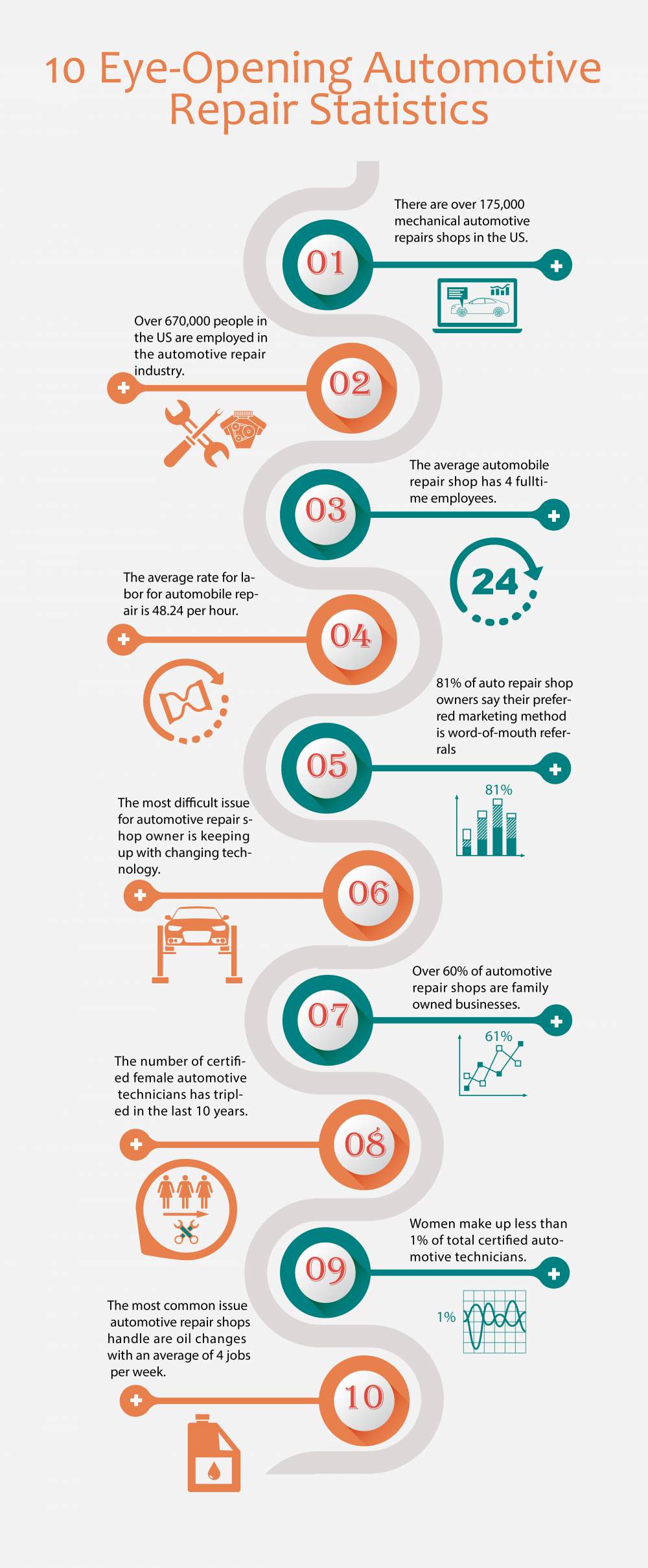Decoding Your Vehicle'S Warning Indicators: What They Genuinely Represent
Decoding Your Vehicle'S Warning Indicators: What They Genuinely Represent
Blog Article
Author-Faulkner Stark
When you're behind the wheel, those glowing warning lights on your control panel can be a bit difficult. Do you know what they're attempting to inform you regarding your vehicle's health and wellness? Comprehending the significance of these lights is vital for your security and the durability of your car. So, the next time one of those lights turns up, would not you want to understand its message properly and take the necessary actions to address it?
Common Caution Lighting and Interpretations
Identify typical caution lights in your vehicle and recognize their definitions to ensure secure driving.
One of the most regular warning lights consist of the check engine light, which signifies problems with the engine or emissions system. If this light comes on, it's essential to have your lorry examined quickly.
The oil stress warning light indicates low oil stress, requiring instant focus to avoid engine damages.
A blinking battery light might recommend a damaged charging system, possibly leaving you stranded otherwise resolved.
The tire stress tracking system (TPMS) light informs you to low tire pressure, influencing vehicle security and gas performance. Overlooking this might result in hazardous driving conditions.
The ABS light suggests a trouble with the anti-lock braking system, compromising your capacity to quit swiftly in emergency situations.
Last but not least, the coolant temperature level cautioning light warns of engine overheating, which can result in severe damages otherwise dealt with promptly.
Recognizing these common caution lights will certainly help you resolve issues without delay and keep safe driving problems.
Significance of Prompt Attention
Understanding the usual caution lights in your vehicle is only the very first step; the importance of promptly resolving these cautions can not be highlighted enough to guarantee your safety and security on the road.
When a caution light brightens on your dashboard, it's your auto's way of connecting a possible problem that needs attention. Ignoring https://www.autobodynews.com/index.php/ed-attanasio/item/25373-some-auto-parts-cheaper-at-walmart-fixed-ops-director-shocked-to-find.html can result in more extreme issues down the road, compromising your safety and security and potentially costing you more out of commission.
Prompt focus to warning lights can protect against break downs and mishaps. For example, a blinking check engine light might show a misfire that, if left unattended, might cause damage to the catalytic converter. Addressing this immediately can save you from a pricey repair work.
Likewise, a brake system warning light might signal low brake liquid or used brake pads, critical elements for your safety when driving.
Do It Yourself Troubleshooting Tips
If you observe a warning light on your control panel, there are a few do it yourself troubleshooting tips you can attempt before seeking expert aid.
The first step is to consult your auto's manual to recognize what the particular caution light shows. Often the issue can be as easy as a loose gas cap setting off the check engine light. Tightening the gas cap may settle the issue.
One more common concern is a low battery, which can cause various warning lights. Checking the battery connections for deterioration and ensuring they're secure could deal with the problem.
If a warning light lingers, you can attempt resetting it by separating the car's battery for a few mins and after that reconnecting it. In addition, examining your lorry's liquid degrees, such as oil, coolant, and brake liquid, can assist repair cautioning lights associated with these systems.
more info here , recognizing your cars and truck's warning lights is crucial for keeping your automobile running smoothly and securely. By quickly resolving these signals and understanding what they indicate, you can stay clear of expensive fixings and possible failures.
Keep in mind to consult your car's manual for certain details on each alerting light and take action appropriately to guarantee a hassle-free driving experience.
Stay educated, stay risk-free when traveling!
